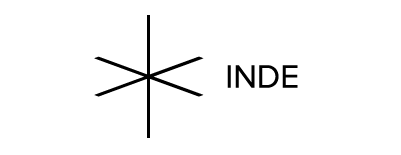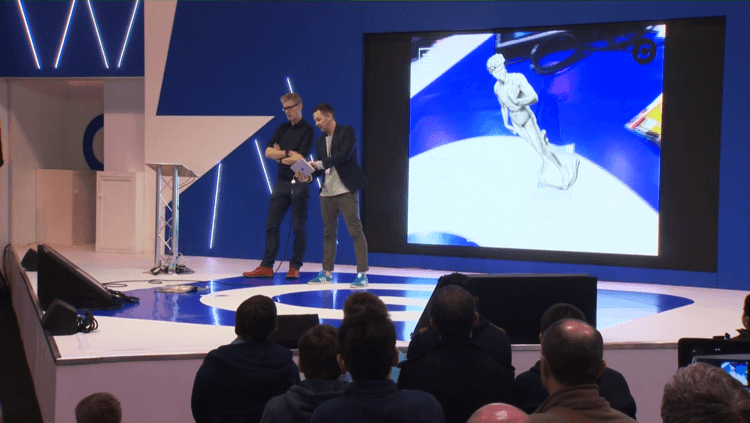21st century thinking (and beyond) in Education
INDE has a very challenging dual role – and arguably responsibility – in its marketplace, which it has in common with many who operate using “emerging” technology. It acts not only as a revenue-generating commercial operator, which of course it has to in order to stay alive, but also as an evangelist. We all know the Henry Ford quote about customers only wanting better horses in the absence of knowing about alternatives, and multiple others to that effect. Ensuring that we have time and capacity to act as effective evangelists is a constant battle with the practicalities of running a business.
How we focus our thoughts is also a comparable challenge, as the fields we operate in are both wide and deep due to their relatively unexplored nature. This represents a practical and arguably philosophical challenge. There is rarely a shortage of ideas in any company, just an inevitable battle for management time, funding and resource. This comes with the added pressure of operating in a global marketplace where product life cycles and new product development lead times are continually shrinking.
I have recently been studying how we educate our children as a project that goes beyond simply looking at what school to send a child to. This has been extremely enlightening because we have changed the question: what education will a child need to have to make them able to make a positive contribution to society in 20 or 30 years time? Answering this question isn’t easy as you can imagine. For example:
Given advances in machine learning, many jobs we currently consider will be normal will either be obsolete or unrecognisable;
The decline we face in global in natural resources makes it even more pressing that we consider what environment will exist, and try to anticipate how we’ll manage it;
Technology advances quicker than habit, so we’re often playing catch up with the tools available to us, and trying to adapt/develop appropriate behaviour (e.g. social media).
So what does this mean to us and our customers today, in particular in an educational context? What does this mean to the museums and galleries, as well as the schools, colleges and educational environments that we work with?
Salman Khan (The Khan Academy) has introduced an interesting new paradigm called “flipping the classroom”. Children in classrooms are instructed by the teacher and do homework at home. Khan makes it the other way. The methodology consists in making students get instructed at home through the Web, with lessons uploaded to YouTube.
This enables more personalized learning, and provides time for the teacher to guide rather than tell the pupil what to do. This is ultimately more fulfilling for both participants helping each student to discover his or her talents and affinities. The teaching becomes more coaching or mentoring, but it can be specialized by affinities, with teachers related to the subjects where affinity is shared by the students, making creativity part of the methodology of teaching.
It has also been suggested that this will help students when confronting what professional career they want to follow.
This “flipping the classroom” approach, when allied to universal access to the Internet, enables the world to become a classroom. Students will be able to attend classes anywhere in the world making education more competitive, innovative and cheaper.
Statue of David in Augmented Reality - live demonstration of INDE's MobileAR experiences for education at the Gadget Show Live in Birmingham (March 31 - April 3, 2016).
So what is INDE’s role in this? Our MobileAR solutions apply this methodology a step further. Why does a museum need to be in one fixed location when its content can be digitized and used on any platform anywhere in the world? This liberates archive material that may not have seen the light of day for years due to physical resourcing limitations and costs, and ultimately deepens and broadens educational material.
What should museums be doing now to ensure they maintain their relevance to the new, mobile, flexible educational consumer? We suspect that if they adopted the same thinking, they’d be headed in the same direction.

